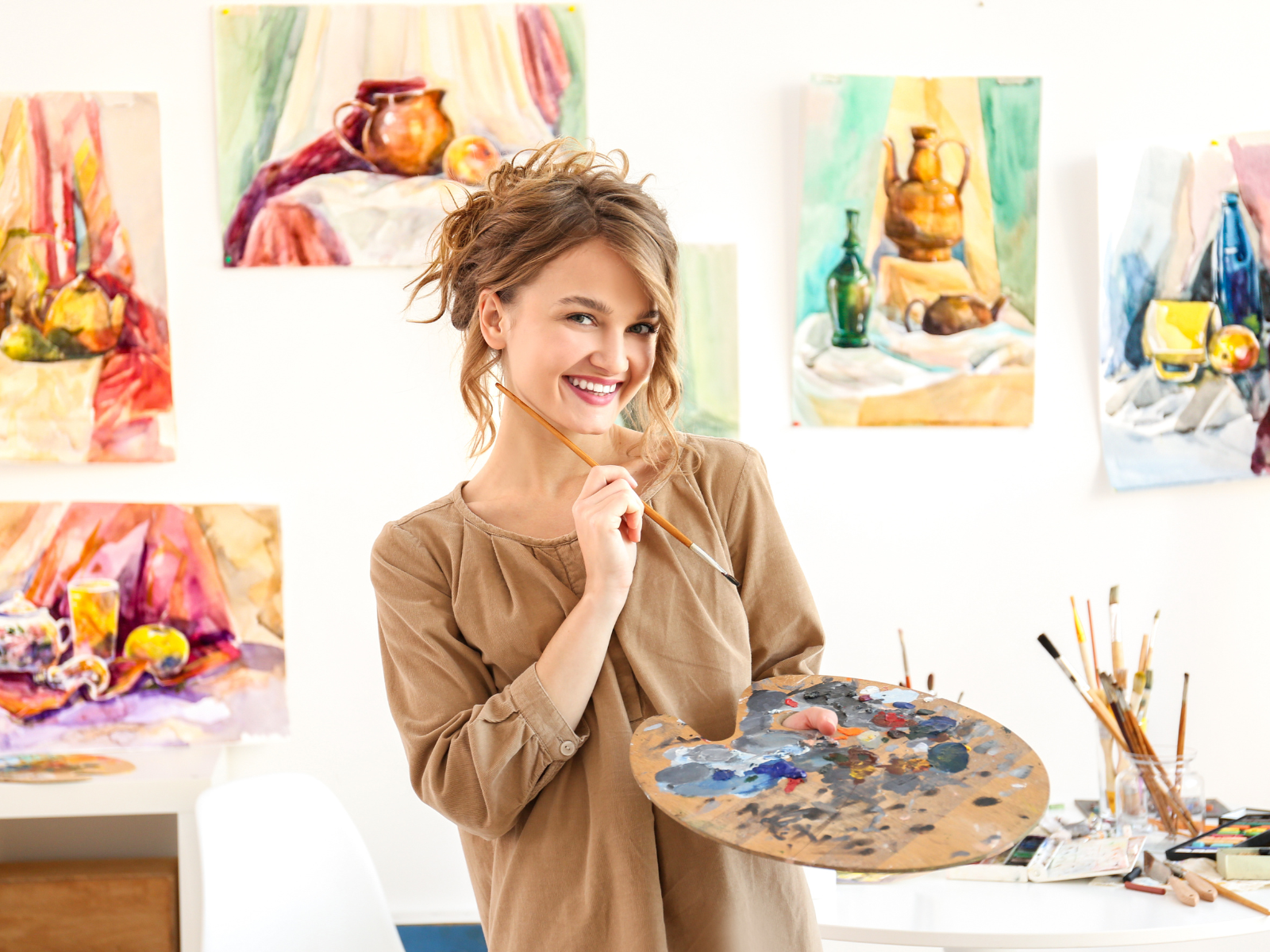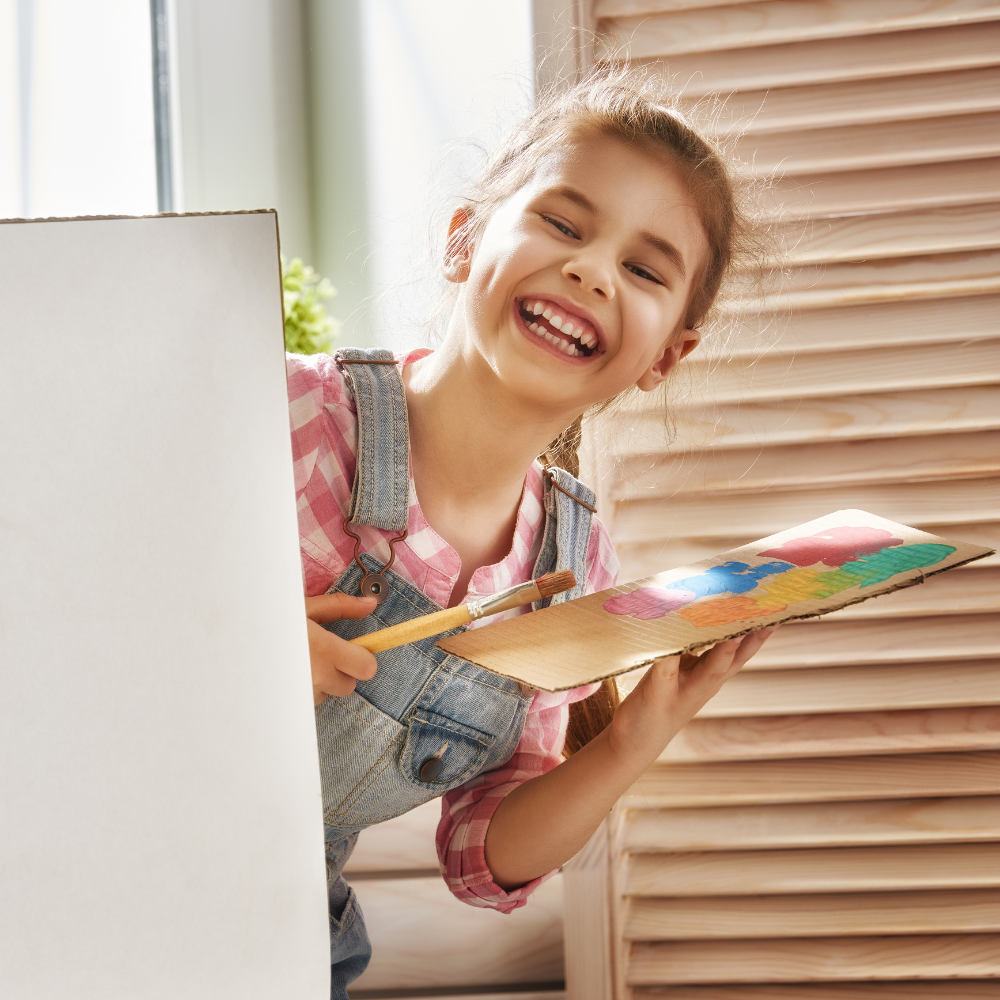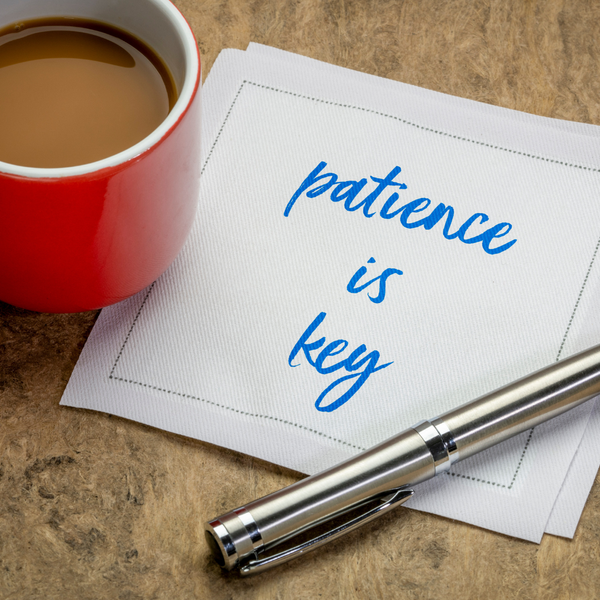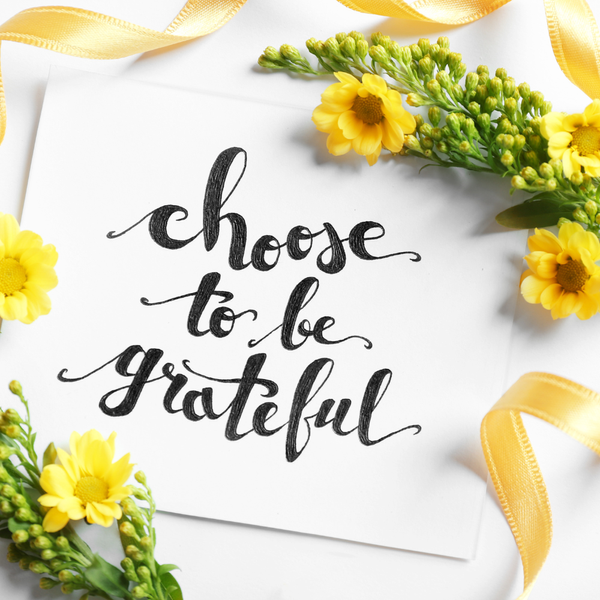Are you ever scrolling through social media, sifting through the endless amounts of creative artwork from around the world and feeling like your own creations will never measure up?
Have you ever wished that your artworks could look as polished or creative as everyone else’s around you?
If these thoughts have ever run through your mind, then you are not alone.
More often than not, creators find themselves bogged down in comparison when it comes to their art.
Comparisons in art can be detrimental to our mental health if we let it get out of control—it forces us into a cycle of self-doubt and destroys our creativity.
As creators, it is important for us to understand the implications that comparison in art has on ourselves and how it robs us from true happiness with our work.
Comparison can be a big thief of joy - but there are healthy ways to navigate it.
In this blog post, we’ll look at how comparison impacts creativity and examine ways that we can make sure our need for recognition doesn't spoil our enjoyment in creating art.
Ready? Let's go!

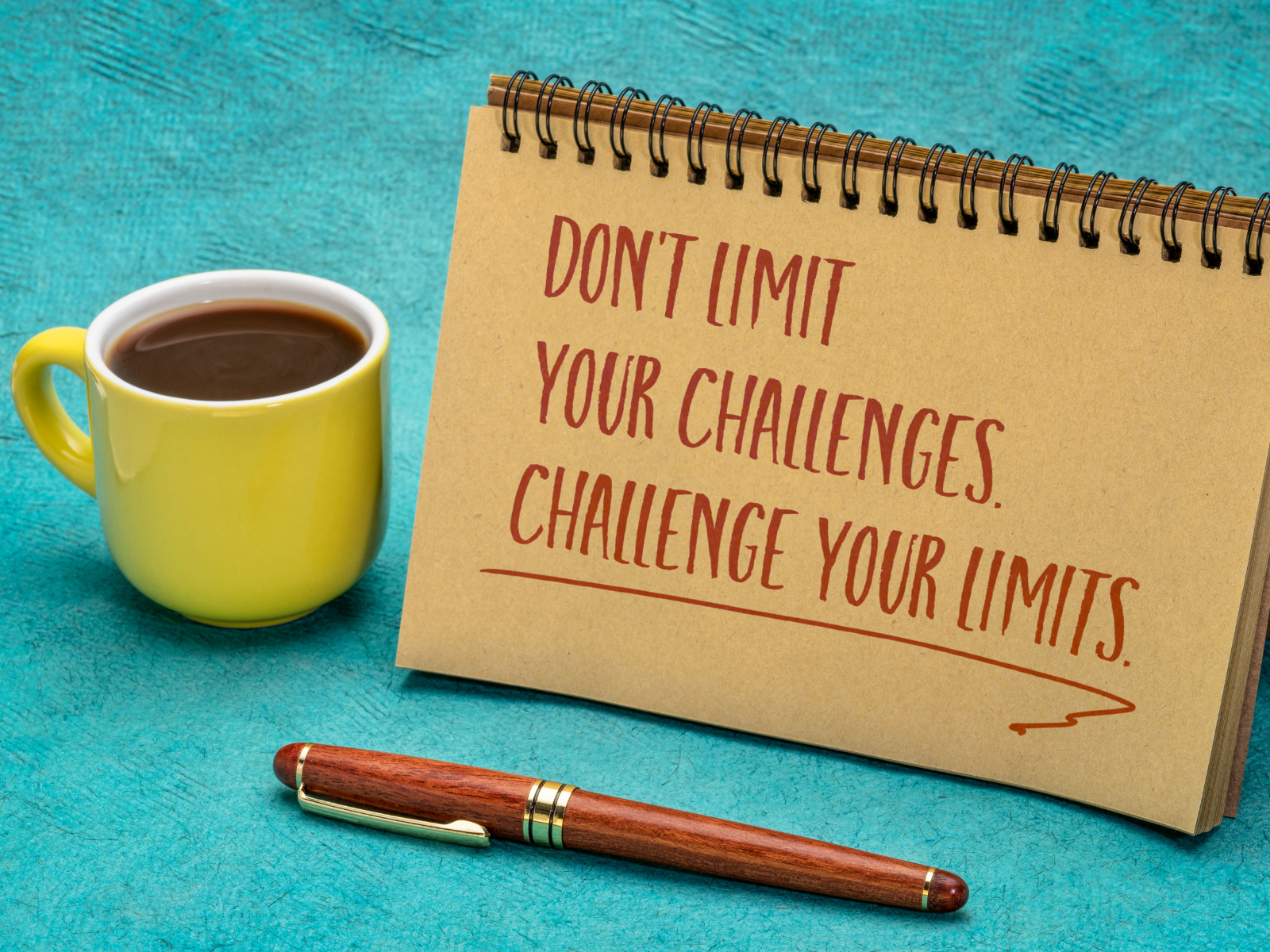

Understanding the Comparison Trap
Creating art is a personal experience that allows people to express their emotions, ideas, and thoughts through various mediums.
However, as fulfilling as creating art is, it comes with its fair share of struggles, especially when it comes to turning your creative ideas into reality.
One significant obstacle that creators face is comparison, which can lead to feelings of self-doubt, a decrease in confidence, and an inability to produce at their highest levels.
We've all been there; scrolling through our social media feeds and stacking ourselves up against the accomplishments of other artists, noticing their successes with a pang of envy or admiration.
Not just in art, but also in mindset - comparison can cause us to feel unhappy with our own accomplishments.
As human beings we innately compare ourselves to others; it's part of what makes us unique and rivals the abilities found in many species around us.
Despite this evolutionary benefit however, too much comparison can quickly spiral into destructive behavior that robs us of joy and pushes us further away from achieving success on our creative paths.
The comparison trap is an all-too-common pitfall for creators.
It's a mental labyrinth that can lead to self-doubt, creative stagnation, and even burnout, but why do we fall into this trap?
The root of the comparison trap often lies in our innate human desire for validation and acceptance.
We compare our work to others' as a way to measure our worth and success.
However, this practice can be detrimental to our creativity because it shifts our focus from our own artistic journey to someone else's destination.
Comparison can also trigger feelings of inadequacy and impostor syndrome, making us question our talent and abilities.
It can make us overthink and second-guess every creative decision, stifling our artistic flow and authenticity.
In short, comparison in art steals happiness by robbing us of our unique voice and creative joy.
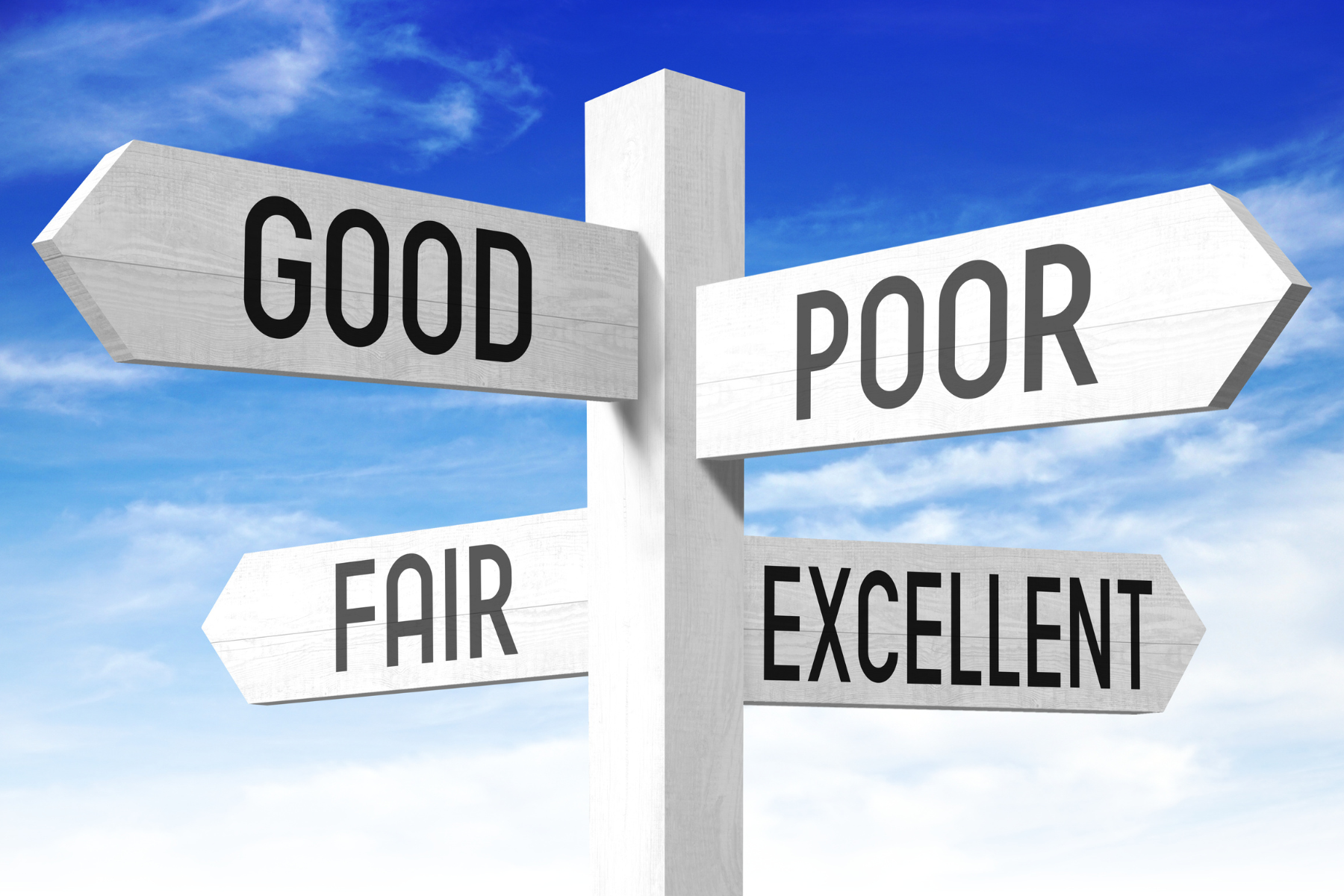


The Not-So-Fun House of Mirrors
Comparison, dear readers, is the silent killer of creativity.
It's like that annoying mosquito that buzzes around your ear just when you're getting into the creative zone.
You swat it away, but it keeps coming back, louder and more distracting.
Art is subjective.
It's meant to be a unique expression of the artist's perspective, not a mirror reflecting someone else's vision.
When we compare our work to others, we're essentially walking into a fun house of mirrors – distorting our own artistic voice and losing sight of our originality.
Imagine Picasso obsessing over Rembrandt's work, or Van Gogh constantly comparing his sunflowers to Monet's lilies.
They wouldn't have become the artistic legends they are today.
Instead, they would have been stuck in an endless loop of self-doubt and creative stagnation, much like a hamster running on a wheel going nowhere fast.
Whether you oil paint paintings, illustrate on custom paper, or sculpt - constant comparison can suffocate your creativity and leave you feeling unfulfilled.
Unless you plan on creating an art comparison essay, remember that your journey is yours and yours alone.
Embrace your unique perspective and use it as a source of inspiration, not comparison.
But how do we break free from the comparison trap and reclaim our creative happiness?

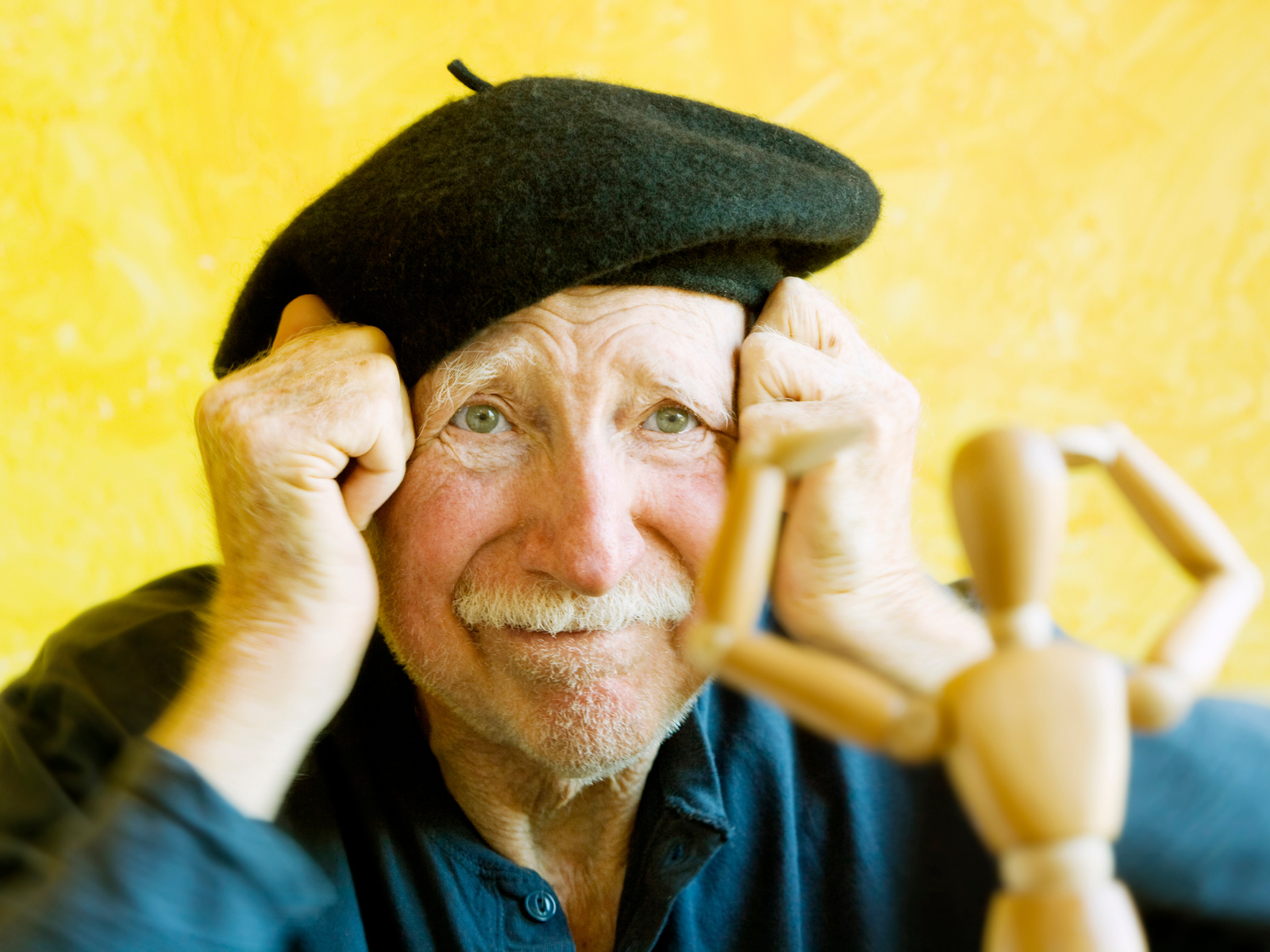
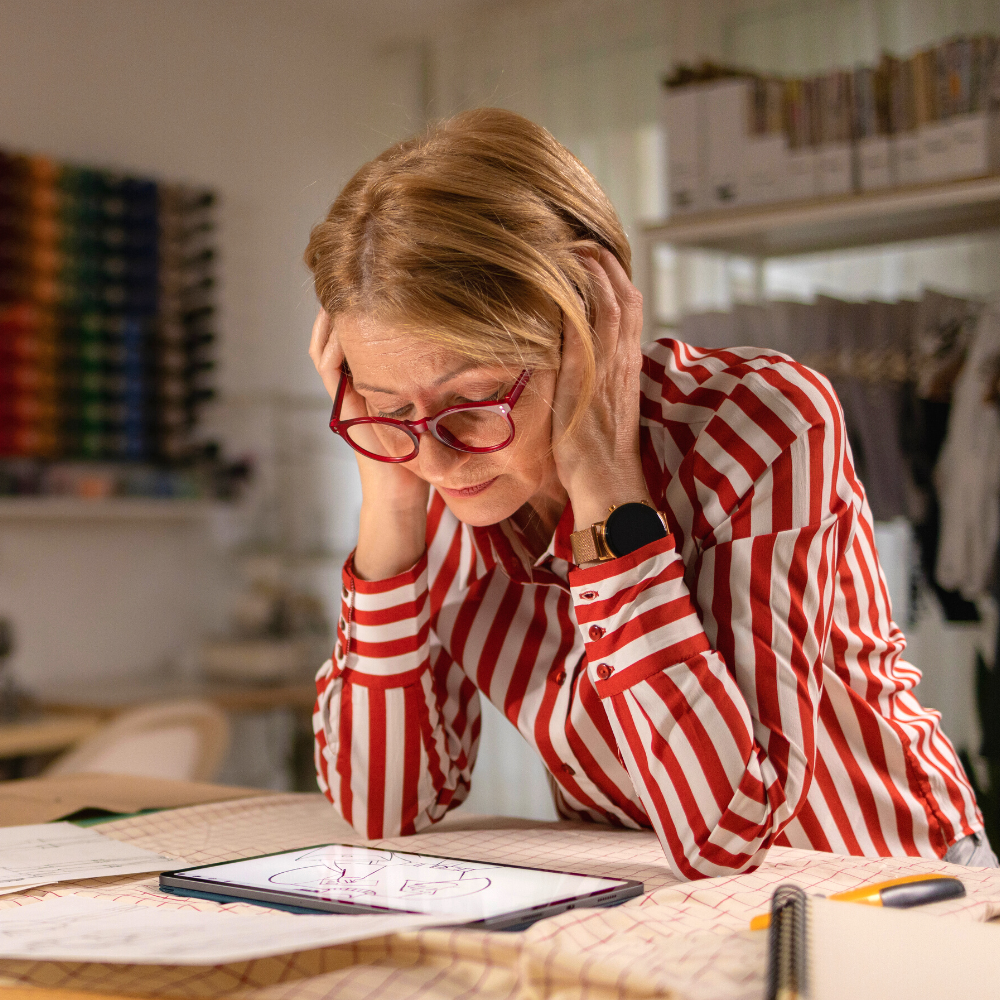
Identifying Comparison: The Struggle is Real
Comparison is a destructive force that can create a feeling of inadequacy.
Although comparison can be done intentionally or unintentionally, it remains a significant factor that affects creators’ ability to produce their best work.
It's easy to look at the works of other creators and start to feel like they're doing better than you or that your work is inferior compared to theirs.
This is a typical experience that many artists face, and it can be challenging to overcome.
Social media plays an enormous role in perpetuating art comparison, with creators constantly being bombarded with beautiful pieces that receive tons of likes and shares.
More often than not, you only see the polished result and not the long hours and struggles that went into creating the artwork.
As a result, you end up comparing your works in progress to other artists' finished pieces.
The key to overcoming this is to remember that everyone's journey is different, and you're only seeing the end product, not the process.
If you find yourself falling into the comparison trap, take a step back and remind yourself of your own unique journey.
If you're going to hold your projects up to other artworks, make sure you compare and contrast art fairly, as now two artworks are the same.
Different periods of art, as any art historian can tell you, are unique and distinct to their time.
They each have a unique art story to tell, often representing the cultural attitudes of the era in which they were created and act as just a sample of what can be created.
Here are some tips to help you break free from the comparison trap and find your creative happiness again:
- Self-Awareness: Recognize when you're comparing your work to others'. Are you scrolling through social media, feeling envious of others' success? Do you find yourself doubting your abilities after seeing someone else's work?
- Emotional Check-In: Pay attention to how you feel when you're creating. If you're feeling anxious, stressed, or discouraged, it might be a sign that you're falling into the comparison trap. Take a break, and come back to your project with a clear mind.
- Focus on Your Own Journey: Remember that everyone's creative journey is unique. Instead of comparing yourself to others, focus on your own progress and growth. Celebrate your successes and learn from your failures.
- Connect with Other Creators: Instead of seeing other creators as competition, view them as potential collaborators and sources of inspiration. Connecting with other creators can help you break out of the comparison trap and learn from one another.
- Practice Gratitude: Take a moment to appreciate your own journey, talents, and accomplishments. Remember that there is no one else in this world who can create like you do, and that is something to be grateful for.
In the end, the only person you should be comparing yourself to is your past self.
Focus on your own progress and growth, and remember that comparison in art is an endless cycle that leads nowhere.
You are unique, your journey is unique, and your creative voice deserves to be heard.
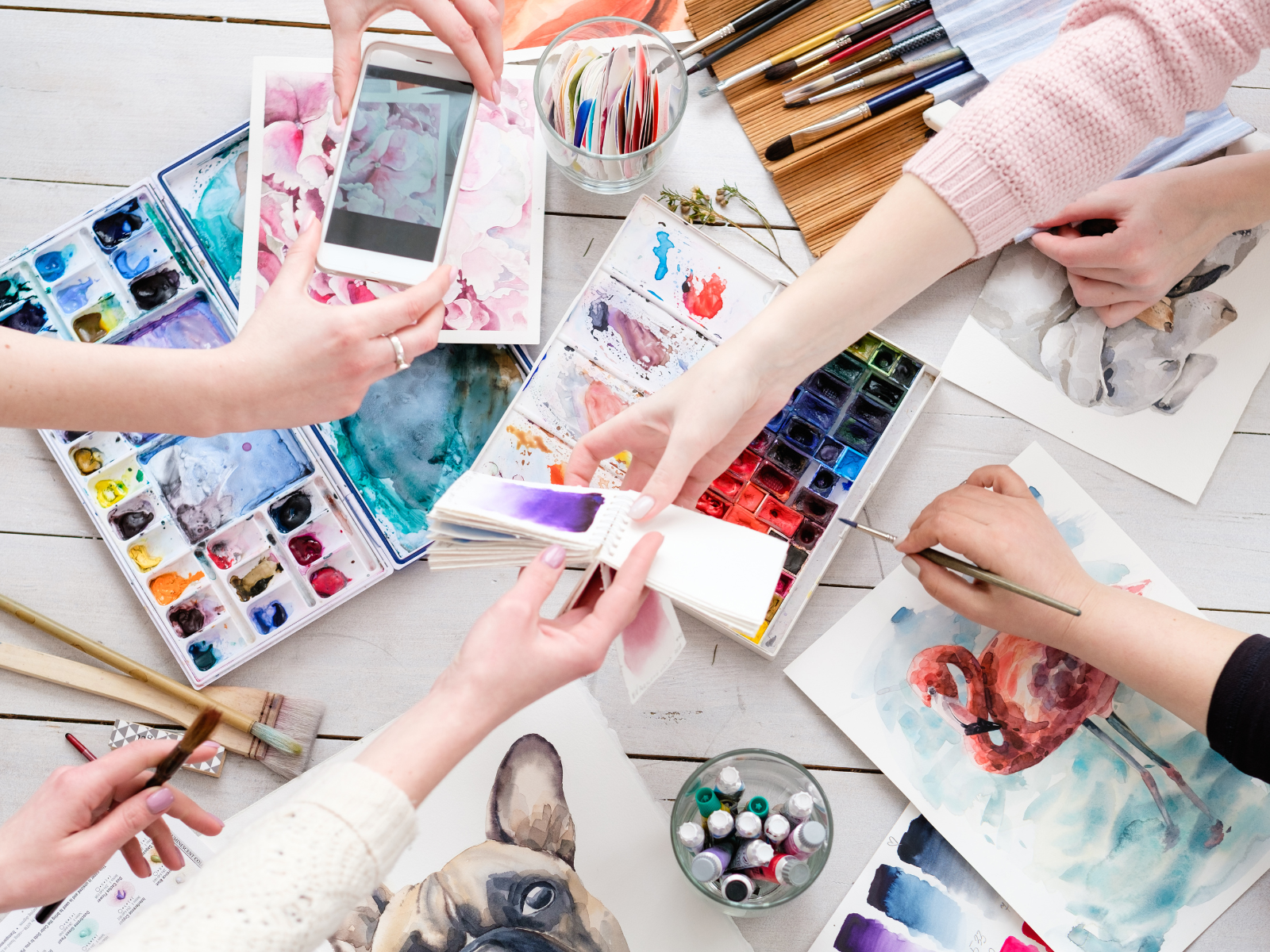
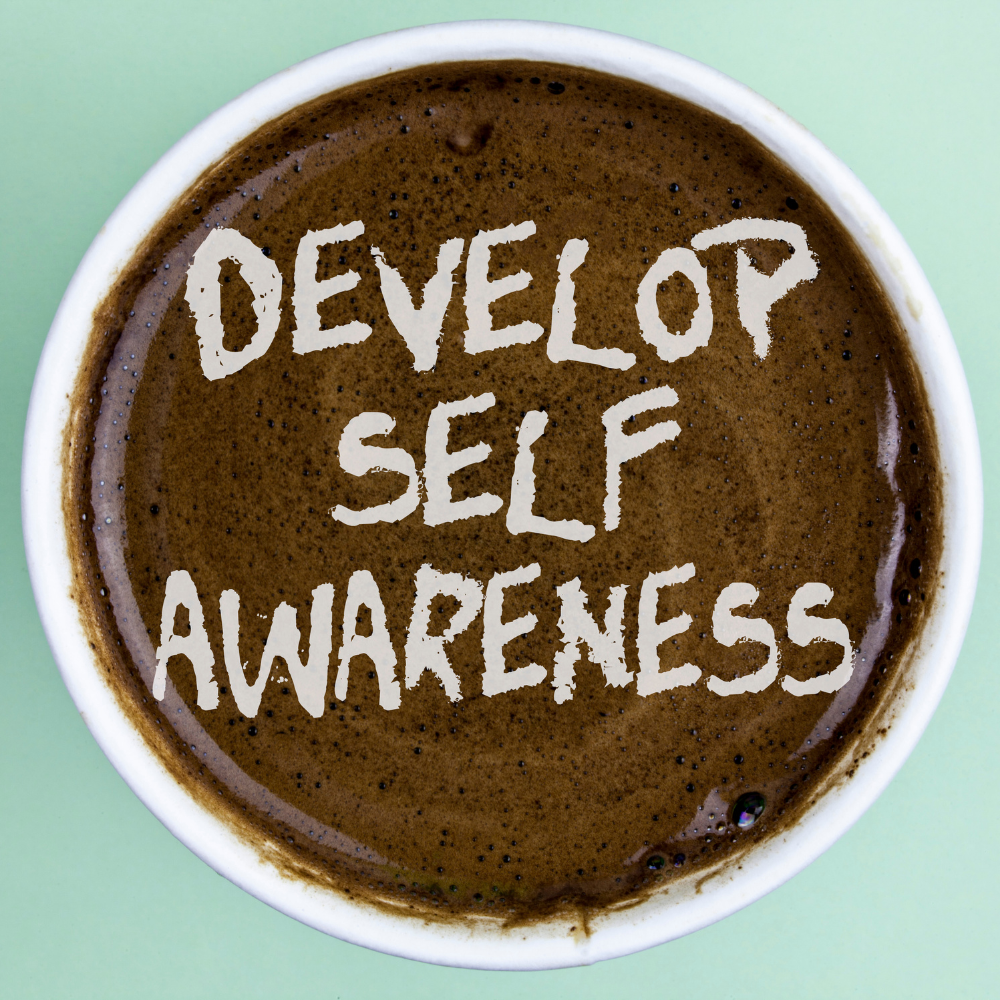

Avoiding and Overcoming the Comparison Trap
So, how do we combat the destructive effects of comparison and find inspiration instead?
Overcoming comparison isn't about ignoring other artists' work.
Instead, it's about shifting your perspective from comparison to inspiration and focusing on your own progress.
Here are a few tips to help you break free from the comparison trap:
- Remember Your Why:
Remind yourself why you create art in the first place.
Is it to express yourself, share a message, or simply because it brings you joy?
Remembering your why can help ground you and refocus on your own creative journey.
- Celebrate Others' Success:
Instead of feeling envious of others' success, celebrate their achievements.
Acknowledge that everyone's path is different, and someone else's success does not diminish your own.
- Set Boundaries with Social Media:
Limit the time you spend on social media or unfollow accounts that trigger feelings of comparison.
Remember, social media is often a highlight reel, and it's essential to take breaks from it for our mental well-being.
- Embrace Your Unique Voice:
Your unique perspective and voice are what make your art special.
Embrace it and trust in your abilities instead of comparing yourself to others.
- Set Personal Goals:
Rather than comparing your work to others', set your own benchmarks.
What skills do you want to improve? What kind of art do you want to create?
Setting personal goals helps you focus on your growth instead of others'.
- Break Down the Creative Process:
Instead of getting overwhelmed by the big picture, break down your creative process into manageable steps.
Instead of solely focusing on the end result, enjoy the process of creating.
Remember that growth and progress are more important than perfection.
Celebrate each small victory, whether it's mastering a new technique or completing a piece of work.
- Embrace Constructive Criticism:
Feedback is an essential part of growth.
Instead of viewing criticism as a negative, use it as a tool to improve your work.
Remember, constructive criticism is about your work, not you as a person.
- Internal Validation:
One way to combat comparison is to shift your focus from external validation to internal validation.
Instead of seeking validation from others, focus on making art that resonates with you.
Remember why you started creating in the first place and remind yourself that creating is not just about making something that's beautiful to look at but also for self-expression and therapeutic purposes.
- Supportive Communities:
Another way to avoid the comparison trap is to surround yourself with a supportive community that can provide constructive feedback and encouragement.
A supportive community can give affirmations when things get hard, offer honest critiques, and provide a sounding board as you develop your creative ideas.
If finding a supportive community in person is not possible, join art groups online where you can engage with other creators from different backgrounds and skill levels.
- Take a Break and Reflect:
Know when to distance yourself from your work.
It is easy to become emotionally attached to your art and take it as a personal attack if someone critiques it.
Knowing when to take a break, step back and regain perspective, then distancing yourself from your work can be the key to beating those comparison blues.
It could be as simple as going for a walk or other activities that let your mind reset and return to your work with fresh ideas.
In the end, comparison in art is a dangerous game that can rob us of our joy and creativity.
But by recognizing it, setting boundaries, and focusing on our own unique journeys, we can break free from its grasp and find happiness in our art once again.


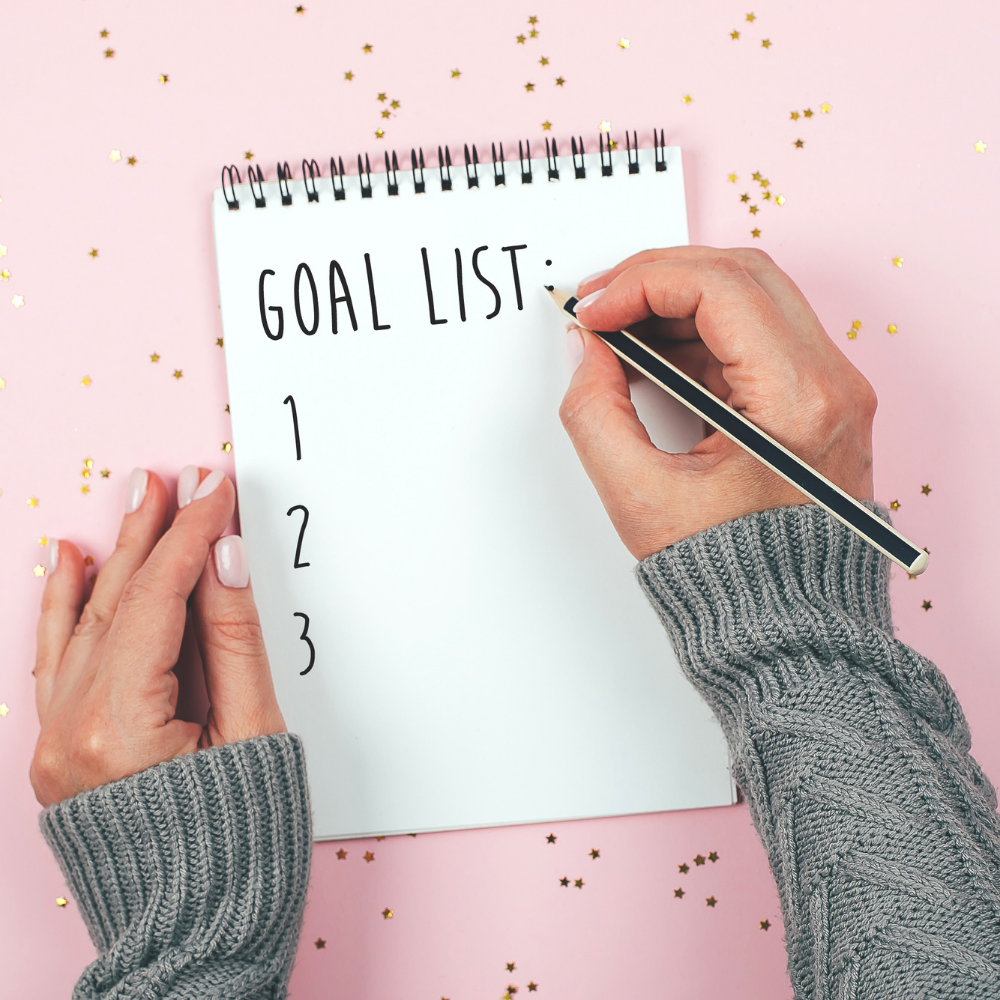
Lessons Learned by Creators
Throughout art history, many renowned creators have shared their struggles with comparison and how they overcame it.
Whether looking at modern art, literature, or music, the common thread is that comparison can be a destructive force if left unchecked but can also serve as inspiration and motivation when used correctly.
Artists focused on their unique journeys and used comparison as a learning tool from other creators instead of an opportunity to feel inferior.
Pablo Picasso, Leonardo da Vinci, and Vincent van Gogh all had to overcome their own struggles with comparison, self-doubt, and criticism to become the legendary artists we know today.
So, how do we break free from this cycle of comparison and self-doubt?
First, remember that every artist has their own journey.
That Instagram artist with the flawless brush strokes?
They've probably spent countless hours, made numerous mistakes, and spilled more paint than a clumsy elephant in a paint shop to perfect their craft.
Next, embrace your unique style.
Your art is an extension of you – it's as unique as your fingerprint or the way you laugh at your own jokes.
It's not meant to be a carbon copy of someone else's work.
Comparison is a natural human tendency, and it's impossible to avoid completely.
But as creators, we need to be mindful of the impact it has on our mental well-being and artistic pursuits.
Remember that your journey is unique, and your creative voice matters.
Embrace your individuality, set personal goals, surround yourself with supportive communities, focus on your growth instead of perfection, and most importantly – practice self-compassion.
As creators, we have the power to inspire, challenge, and impact others through our art.
But first, we must learn to overcome the comparison trap and reclaim our creative happiness.
Let go of comparison and embrace your journey with all its ups and downs.
It's vital to focus on your journey, embrace failures as learning opportunities, and celebrate progress over perfection.
Every artist has their own unique path; it's not about where others are in their journey, but how far you've come in yours.
Remember that as an artist, your uniqueness is your greatest strength.
Embrace it, and let your creativity flourish without the burden of comparison.


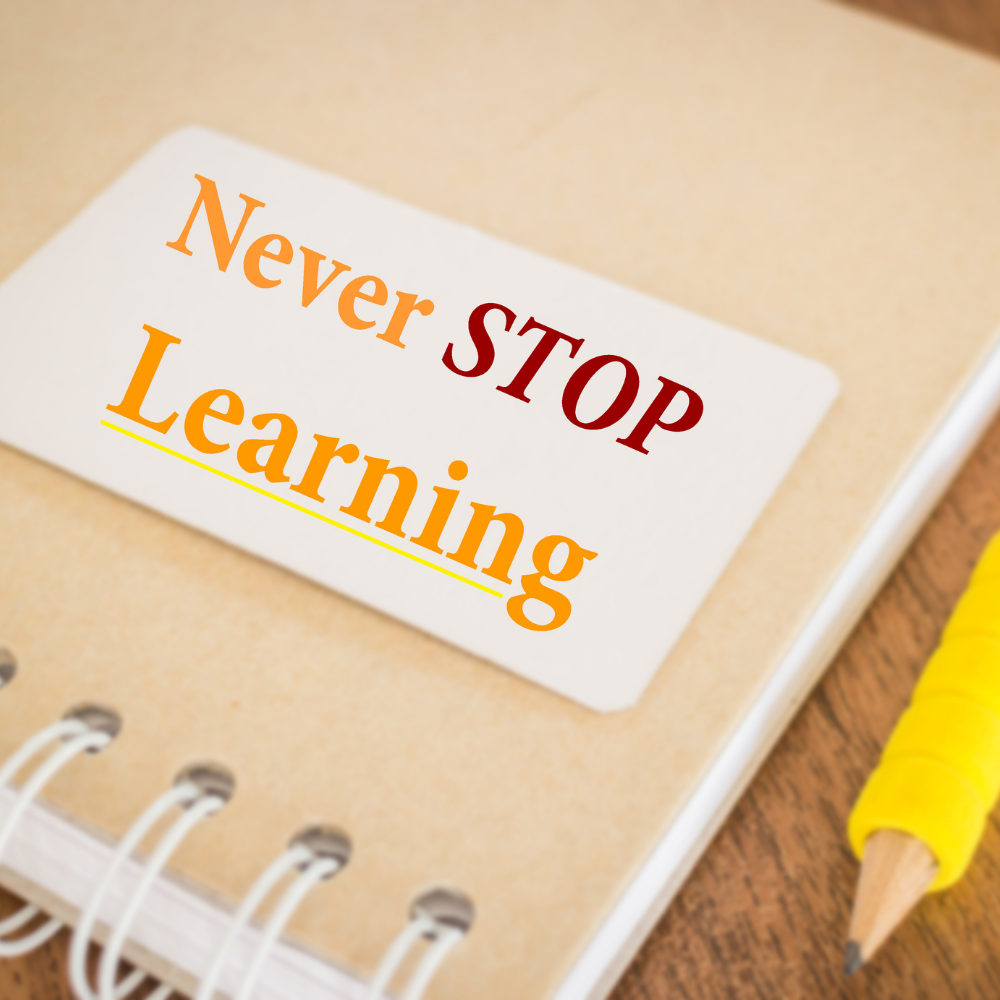
Embrace Your Journey: Find Creative Happiness
Comparison is a natural human tendency, but it can have detrimental effects on our creativity and mental well-being as artists.
Overcoming the comparison trap is a journey in itself.
It requires self-awareness, a shift in perspective, and a commitment to personal growth.
By recognizing the signs of comparison and taking steps to shift our focus back to our own journey, we can overcome its destructive effects and find our creative happiness once again.
Instead of allowing comparison to rob you of your joy, let's flip the script.
Use it as fuel for inspiration, a chance to learn, grow, and expand your artistic horizons.
Remember that your artistic voice matters, and no one can create like you do.
Let go of comparison, embrace your journey with all its imperfections and celebrate your unique creative voice.
Creating art is challenging, and bringing your creative ideas into reality can be even more daunting when you let comparison rob your joy; remember, the most important validation should come from yourself.
We're all in this together, navigating the winding road of creativity, one brush stroke at a time.
Keep calm, allow yourself time, stay away from comparing your journey with another's, and keep creating.
May your creativity shine through!


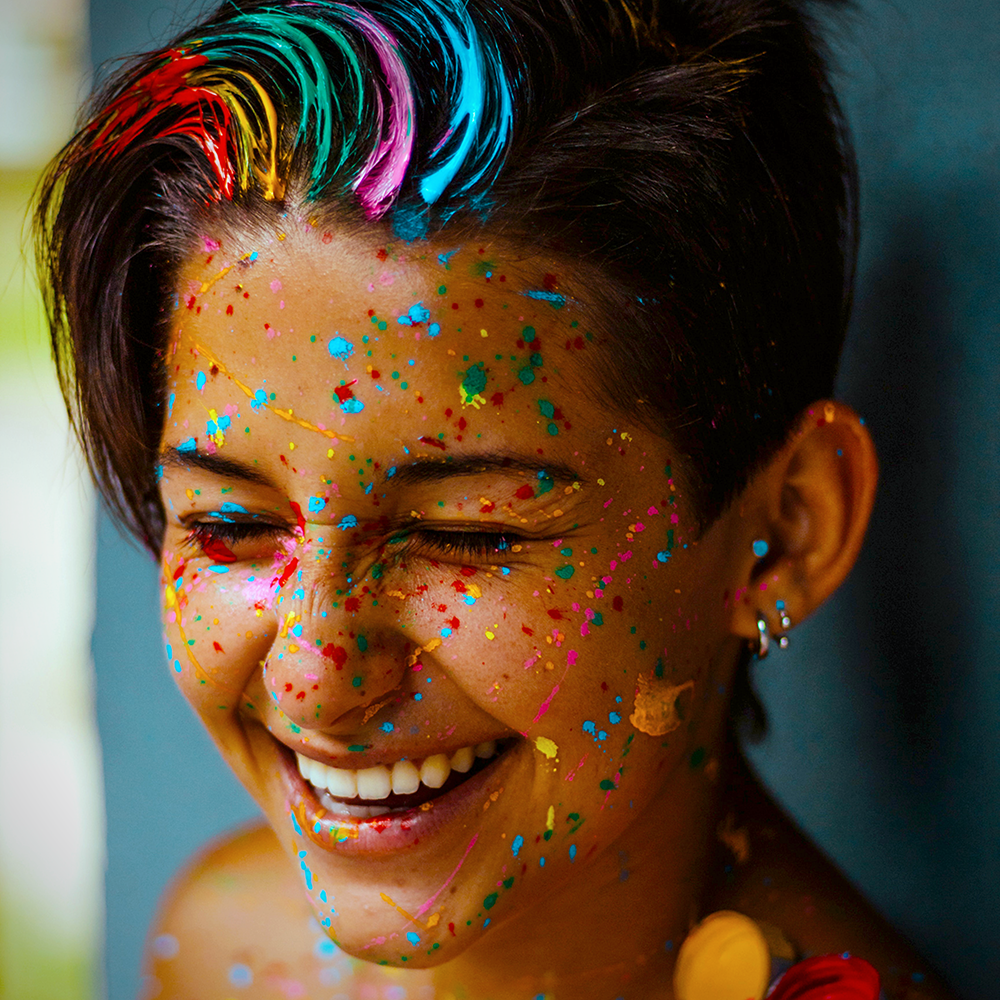
Ready to break free from the trap of comparison? Check out Katerina Francesca's video!
Want even more content about creativity and art?
Be sure to check out all of our creative chronicles!
Eager to explore your creativity?
Check out some of our other articles:
-Endless creative possibilities

